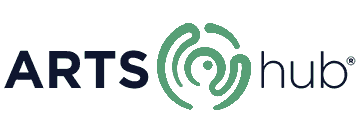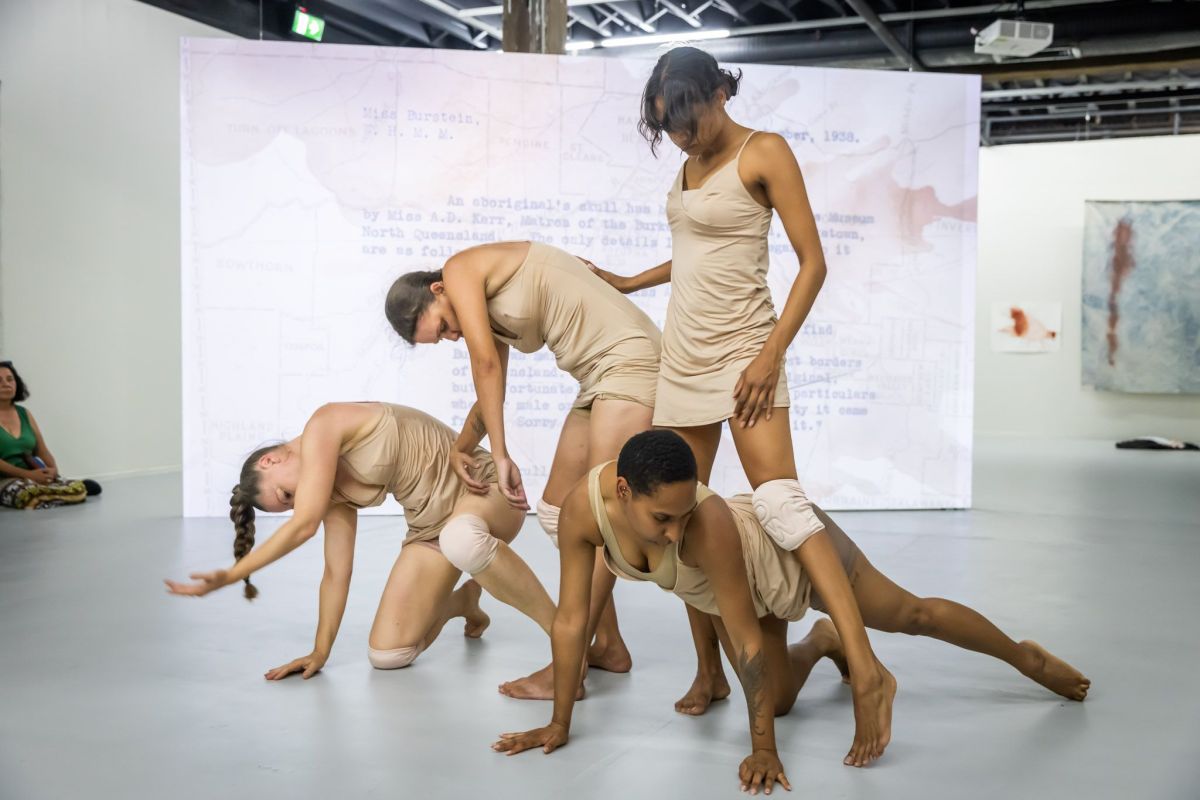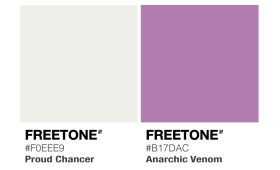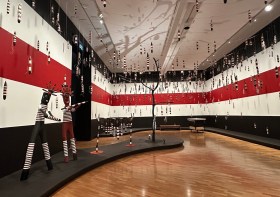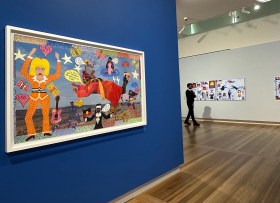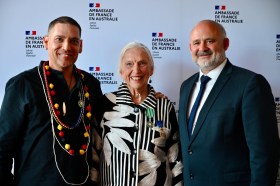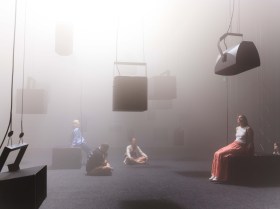Artspace has announced the commencement of a long-awaited redevelopment for their gallery space The Gunnery in Woolloomooloo, which has housed Artspace since 1993. The redevelopment will mean that the gallery will close until 2022. In the meantime, Artspace will take residence at the National Art School (NAS) in Darlinghurst, a move that captures the full arc of the arts ecosystem, from training to studio and professional practice.
Executive Director at Artspace, Alexie Glass-Kantor told ArtsHub: ‘We haven’t lost that spirit of being led by artists and artist practices. I went to art school and have been on the Board of the National Art School for the past five years. I love art schools and the space that they create in terms of a foundation for how we can connect to the ideas of our times.’
